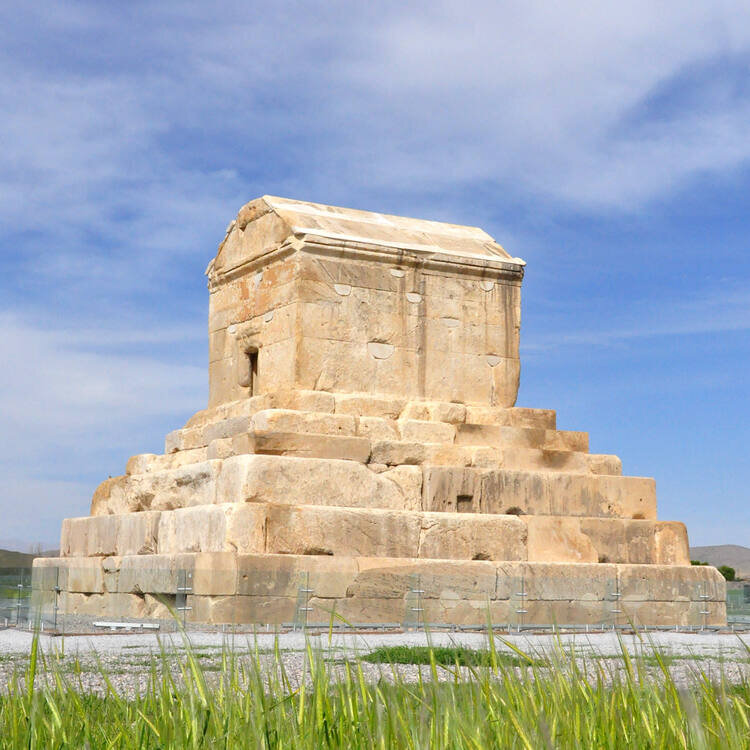Tomb of Cyrus the Great to undergo restoration

TEHRAN – The Tomb of Cyrus the Great, the founder of the ancient Achaemenid Empire (c. 550 – 330 BC), will undergo restoration, Fars province’s tourism chief said on Saturday.
“The tomb of Cyrus will be restored as part of a larger project to be carried out on the UNESCO-registered Pasargadae,” Mohammad Sabet-Eqlidi said, adding: “Today marks the 20th anniversary of Pasargadae’s inscription as a World Heritage site.”
“This world heritage site includes various structures such as palaces, a tomb, a caravanserai, royal gardens, bridges, pavilions, and more, which were listed as a World Heritage Site under number 1106 in 2004.”
Regarding previous efforts in the year before, the official said: “Fortunately, in the past year, significant and appropriate actions have been taken in the areas of restoration, protection, and organization, as well as the implementation of cultural programs at this world heritage site.”
“For instance, actions such as improving the access staircase to the defensive fortifications of the Tall-e Takht, constructing a canopy, organizing restrooms, monitoring the area and boundaries of Pasargadae, determining routes, and overseeing the project of transferring water from the Persian Gulf to Fars and Isfahan provinces, preparing reports and organizing the discovered ancient cultural artifacts at this world heritage site can be mentioned.”
Founded in the 6th century BC, Pasargadae was the earliest capital of the Achaemenid (First Persian) Empire. Created by Cyrus the Great with contributions from various peoples of the first great multicultural empire in Western Asia, Pasargadae showcases the initial phase of Achaemenid royal art and architecture. The site’s archaeological remains, including its palaces, garden layout, and the tomb of Cyrus, provide exceptional testimony to Achaemenid civilization.
The “Four Gardens” royal ensemble, conceived in Pasargadae, became a prototype for Western Asian architecture and design. The 160-hectare archaeological site presents some of the earliest manifestations of Persian art and architecture. Among its monuments are the compact limestone tomb on the Morgab plain that once held Cyrus the Great’s gilded sarcophagus, and Tall-e Takht (“Solomon’s Throne”), a great fortified platform built on a hill later incorporated into a sprawling citadel with substantial mud-brick defenses.
The royal ensemble consists of several palaces originally located within a garden layout, the so-called “Four Gardens.” This design became a prototype for the Persian Garden concept, characterized by four quadrants formally divided by waterways or pathways, with architecture noted for its refined details and slender verticality.
Pasargadae represents the first phase of the development of distinct architectural elements, which later found its full expression in the city of Persepolis.
AM
Leave a Comment